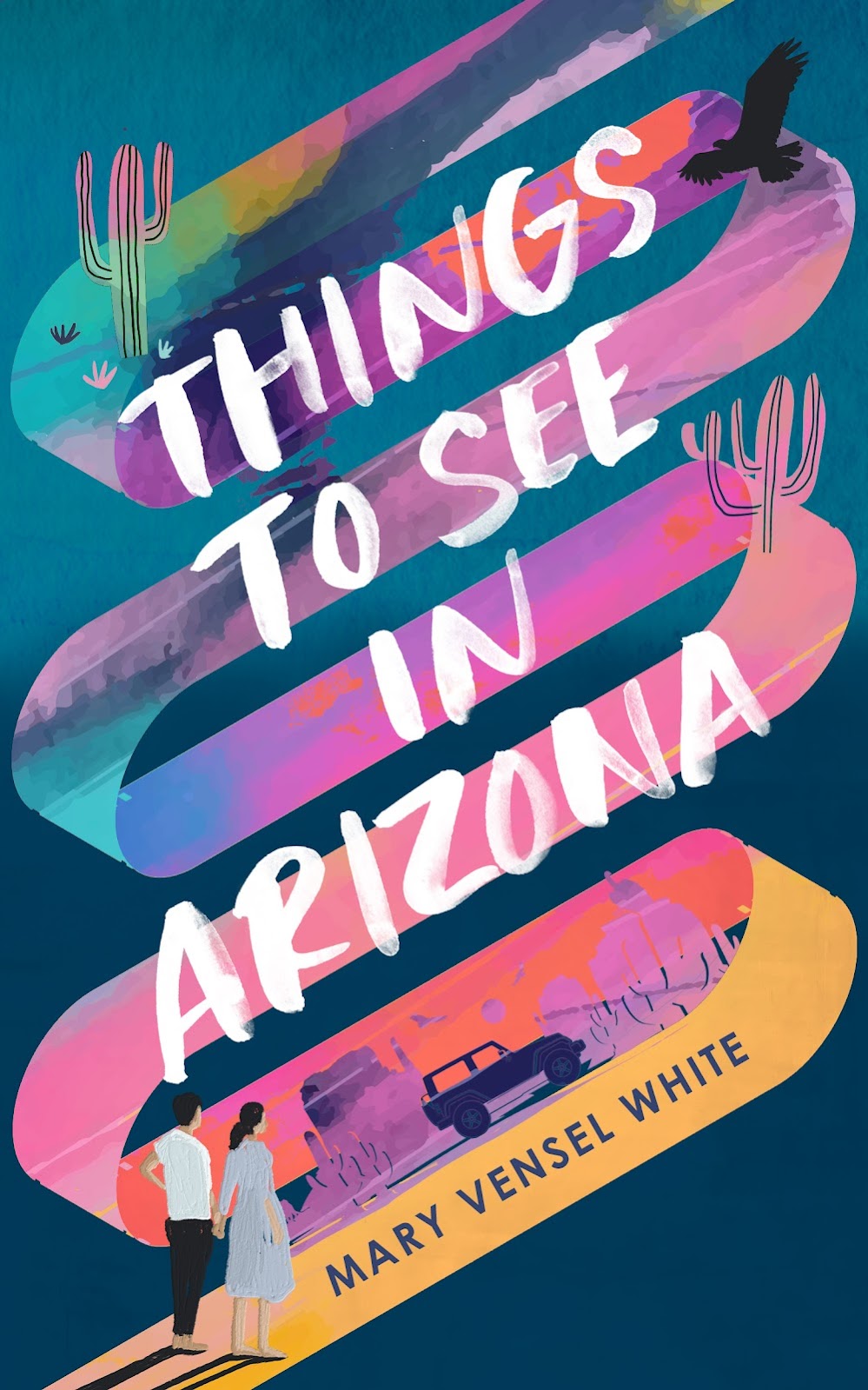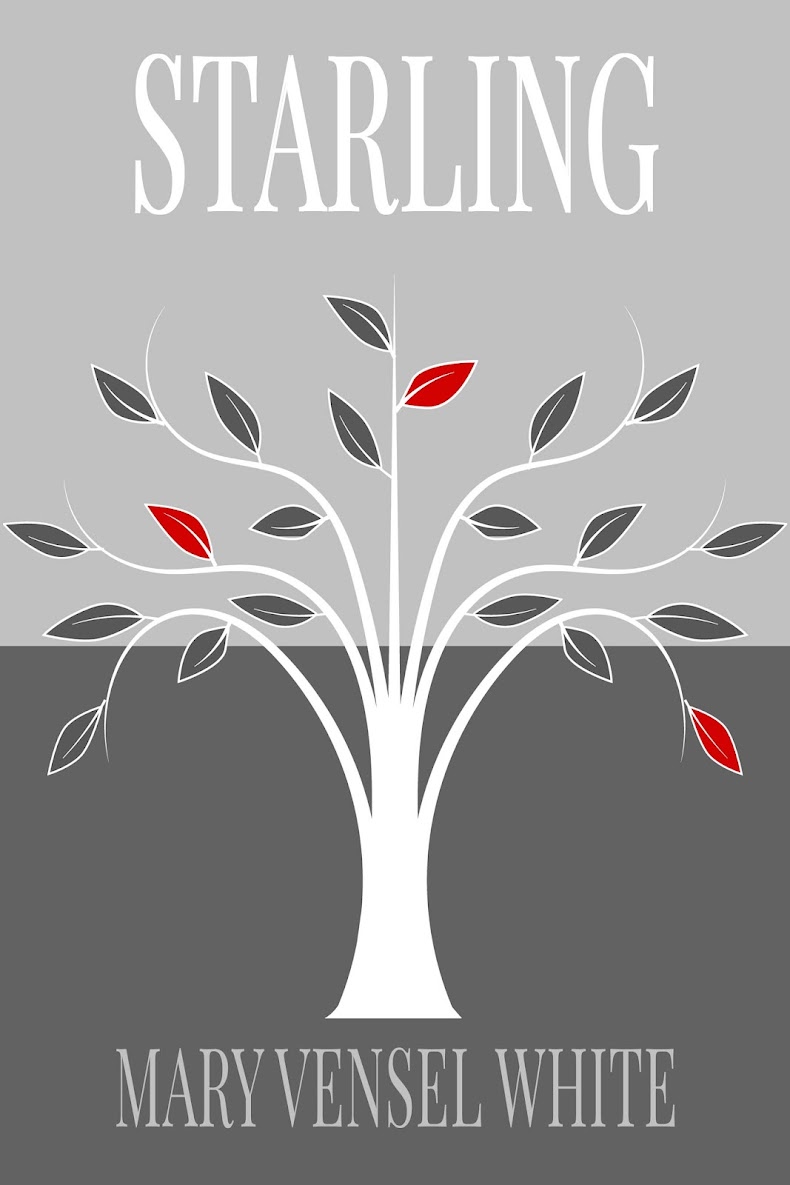
The daughter and I are headed to Albuquerque tomorrow for a
Mom-n-me trip. I’m excited because neither of us has been there, and
because we’ll get to spend the kind of uninterrupted time that seldom occurs in
the rush of our regular lives. Jason and I take one trip per year with one child, alternating
kids, usually to a spot they’ve chosen. Geneva didn’t have any ideas this
year, other than to revisit New York City, which she loves. But the main rule
of the trips is that you choose someplace new. I also wanted us girls to do
something a bit different from our normal interests—shopping, seeing shows, dining out, etc.
(We’re both city girls.) I suggested Santa Fe, which I have visited briefly. We
thought about a train ride through the Smoky Mountains of North Carolina but
seemed to have missed the best month (October) for weather and foliage. In a
roundabout way, we came to Albuquerque. It has a zoo and aquarium, although the daughter says she may not want to go to those. It has an aerial tram at the east end of
the city and is bordered on the west by the Rio Grande. You can see inactive
volcanoes and Native American pueblos, take a ghost tour in the rustic Old Town,
indulge with Southwestern fare. So.
If I’m honest, I have another reason to look forward to the
trip. I’m percolating a new novel, which I believe will be set in the American
Southwest. Where exactly, I’m not sure. But I’m definitely looking to soak up
the scenery while I’m there, to immerse myself, to mine for sensory details. It
seems that many things I write begin with the setting although it isn’t always
a place I’ve actually visited. I know writers who enjoy the research phase
of writing, often because it involves trips to the places they’ll be writing
about. I know of books set in a certain city or country where the
author has never set foot. Which is more valid? Does it matter? Some of
the characters in my last finished project live in Bellflower, California. I
knew nothing about the place, although I could imagine the flavor of it.
Bellflower is a city at the southern end of Los Angeles County, one place name
in a patchwork of similar cities. I could imagine the older, ranch-style homes
of the neighborhood I wrote about, the mature trees and wide streets. I could
see the strip malls and fenced-in elementary schools, the brick churches and
shiny supermarkets. Maybe I had never been to Bellflower, but I’d been to many
places I thought were similar. The final scene took place in a cemetery, and one Saturday when my son had a soccer game nearby, it seemed like kismet. I decided to take a look at the place I had mapped online. But when I drove towards the address of the cemetery, I found it was nestled in a neighborhood that was more modern than I’d pictured, and
the burial place itself was smaller and less evocative than it had loomed in my
mind’s eye. So I drove by and didn’t go in. The actual visit to Bellflower had
only been distracting.
If characters are fictional and the story an author creates
is a fiction, can the setting be something between truth and creation, between
impressions and imagination? I think so. I suppose any place exists in a place between the tangible and our memories and impressions anyway. No matter where you go, you'll be there, the viewer, the interpreter, the lens.


















